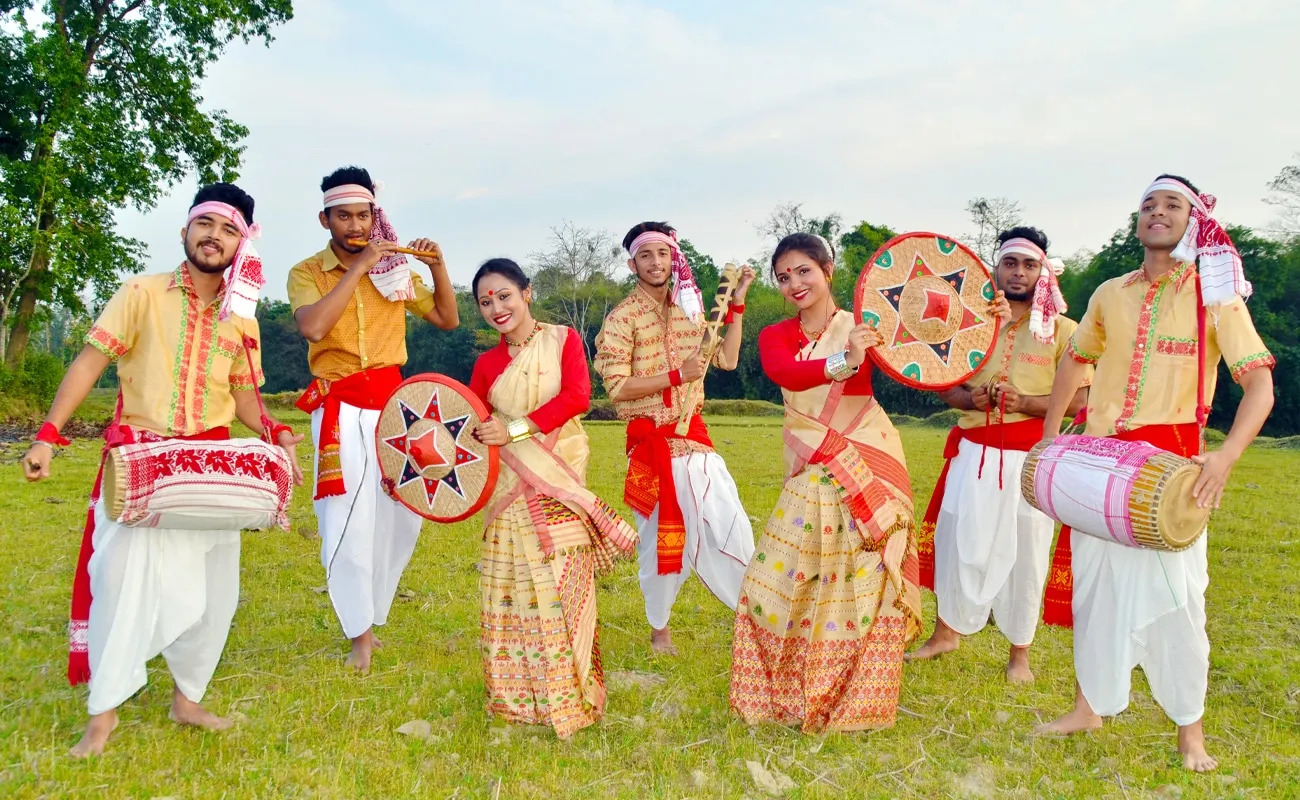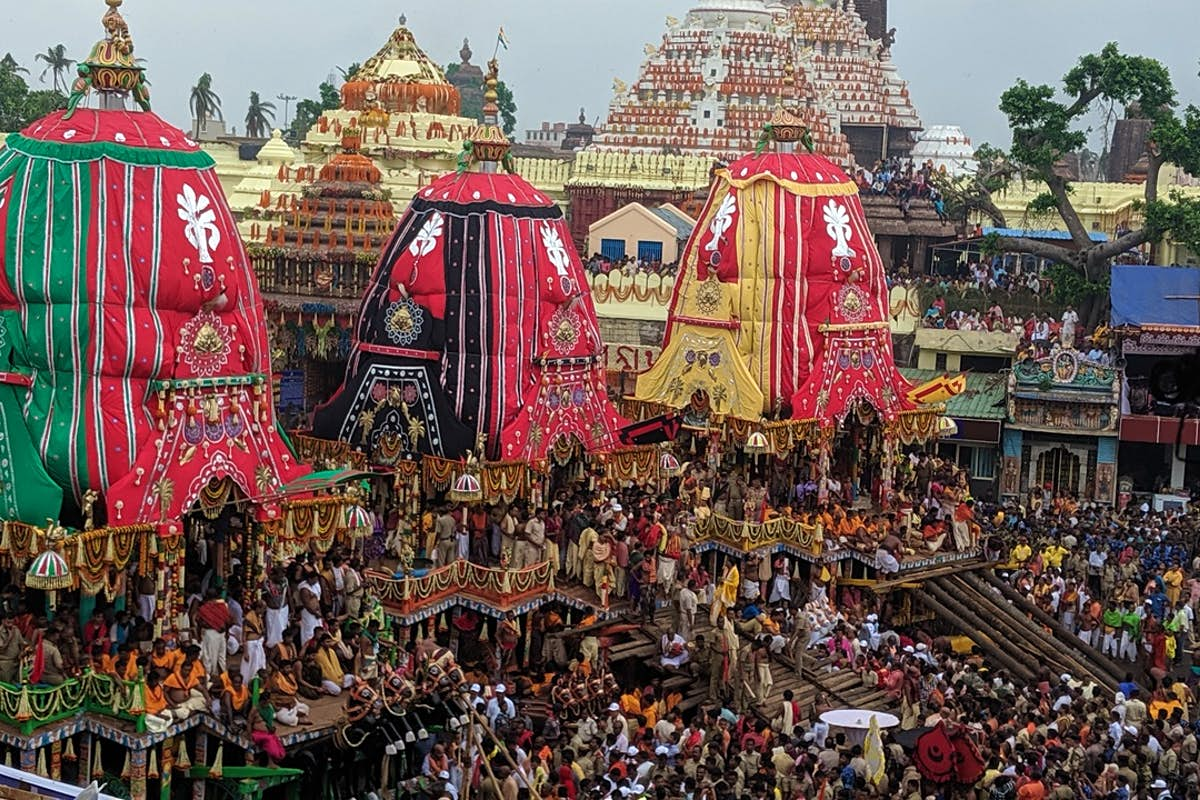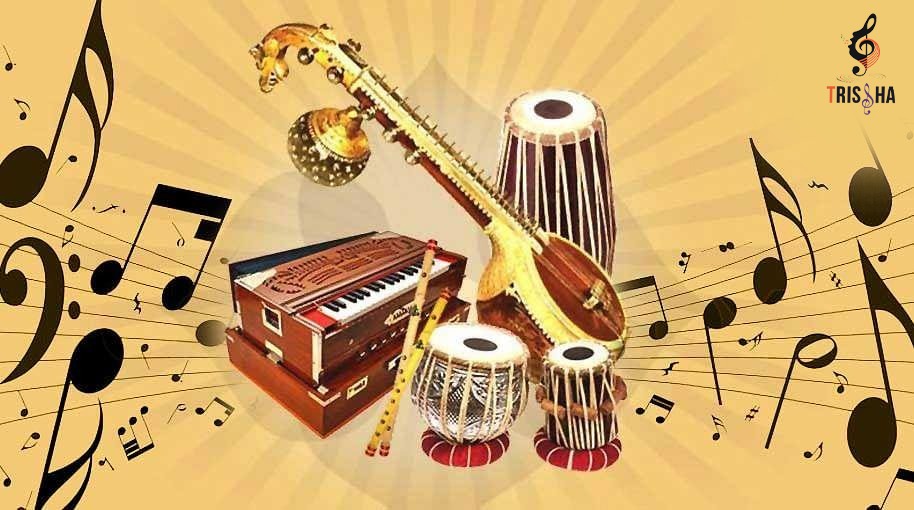Vibrant Assam: Exploring the Enchanting Tapestry of Folklore
Assam, one of the Eight Sister states of northeastern India, is renowned for its diverse population and rich culture. It is often called the ‘land of red rivers and blue hills’ due to its untouched natural landscapes of exceptional beauty. The Assamese culture is a splendid fusion of Indo-Burmese, Mongolian, and Aryan influences, woven together through a long assimilative process. The natives of Assam are known as “Asomiya” or Assamese, which is also the state language. The state is home to a multitude of tribes, each with their own unique traditions, culture, dress, and way of life.
Assamese Jewellery:
Assamese ornaments hold great significance in the local culture. They are primarily made of gold, known as “Kesha Xoon” or raw gold. These ornaments are exquisitely crafted and hold great prestige within the Assamese culture. Some popular traditional Assamese jewellery includes intricate earrings like Lokaparo, Keru, Thuriya, Jangphai, Long Keru, Sona, or Makori. There is also a wide array of necklaces such as Golpata, Satsori, Joon biri, Bena, Gejera, Dholbiri, Doogdoogi, Biri Moni, Mukuta Moni, Poalmoni, Silikha Moni, and Magardana. Additionally, Assamese jewellery features diverse rings like Senpata, Horinsakua, Jethinejia, bakharpata, and others.
Bihu:
Bihu is the most popular folk dance of Assam, celebrated during the Bihu festivities. It represents youthful passion, reproductive urge, and joy. Bihu dances are performed by young boys and girls, characterized by energetic dance steps and rapid hand movements. The dancers adorn themselves in vibrant traditional Assamese attire. The dance performances are accompanied by musical instruments such as the “Dhol” (Dholak), pepa, gogana, banhi (flute), and more. While the exact origin of Bihu dance remains unknown, it is believed that Bihu dancers were invited by Ahom king Rudra Singha to perform at the Ranghar fields in 1694 on the occasion of Rongali Bihu, marking its first official endorsement.
Satriya Nritya:
Satriya Nritya is a classical dance form of Assam that represents the Satriya culture, a fundamental aspect of Assam’s religious and cultural fabric. It is one of the eight principal classical Indian dance traditions. While some other classical dance forms have been revived in recent times, Satriya has remained a living tradition since its creation in the 15th century by the founder of Vaishnavism in Assam, the revered saint Srimanta Sankardeva. The essence of Satriya Nritya typically revolves around mythological stories, providing a means to convey these teachings in an accessible, immediate, and enjoyable manner to the people.
Folk Music:
Assam boasts a rich heritage of folk music. From the era of the Kamarupa Kingdom to the rule of the Ahom Dynasty, Assamese culture has been shaped by various rulers, excluding the British colonial period that marked the end of the Ahom Dynasty. The indigenous folk music has influenced renowned artists such as Bhupen Hazarika, Parvati Prasad Baruva, Jayanta Hazarika, Utpalendu Choudhury, Nirmalendu Choudhury, and many others. Classical Assamese music is categorized into Borgeet and Ojapali, combining narrative singing with dancing.






There are no comments